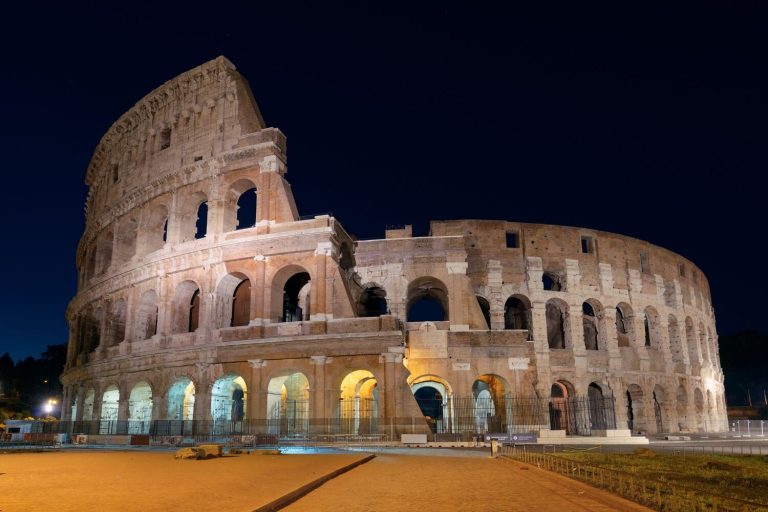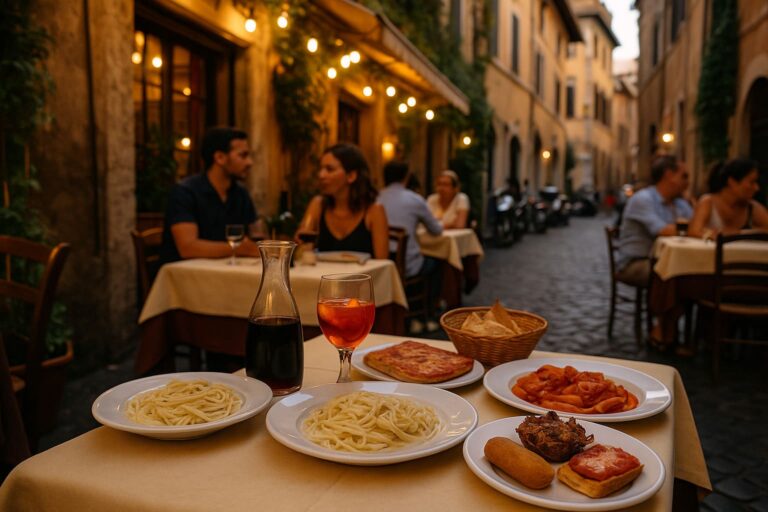10 Interesting Facts About the Colosseum in Rome

The Colosseum is a symbol of ancient Rome and millions of people visit every year. Beyond its impressive looks and history there are many cool facts about the Colosseum in Rome.
Before you visit and choose when to visit the Colosseum, you will want to know the coolest stories about the ancient amphitheater.
In this article, we’ll uncover 10 interesting stories about the Colosseum that will show you its history, features and legacy.
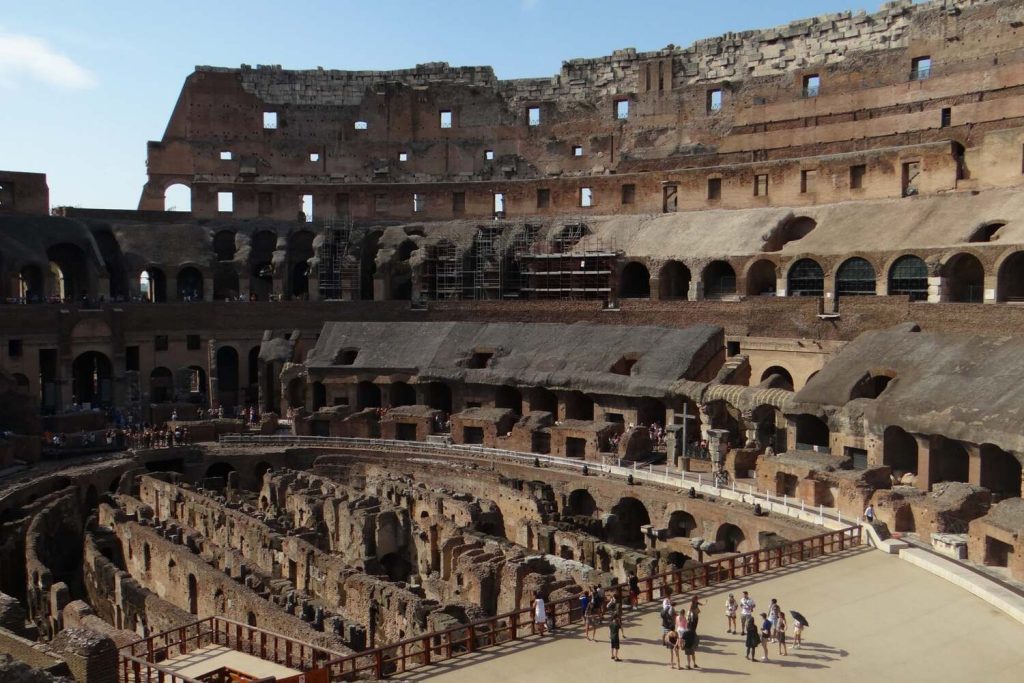
Facts About the Colosseum
In this section, we will discuss various facts about the Colosseum. We will cover its official name, the Flavian Amphitheater and the year it was built.
We will also see the size, capacity, the events that took place inside and the free entry in ancient times.
We will also see the damage it has suffered over the centuries, its modern importance, its World Heritage Site status and the original materials used, stone and iron.
READ MORE HERE: Colosseum Opening Times

Official Name: Flavian Amphitheater
While we all know it as the Colosseum, the official name of this wonder is actually the Flavian Amphitheater.
It was built during the Flavian dynasty after the reign of Emperor Nero and was named after the Flavian emperors.
The name “Colosseum” came much later and is believed to be from a colossal statue of Nero that once stood nearby.
This massive amphitheater was a gift to the Roman people from the Flavian emperors, a sign of a new era of architecture and entertainment after the tyranny of their predecessor.
Year of Construction
The Colosseum was built under Emperor Vespasian around AD 70-72 and completed by his son Titus in AD 80 with further modifications by Domitian, Titus’s younger brother.
This puts the Colosseum in the period of the Roman Empire known for big cultural and architectural changes.
The decision to build the amphitheater was partly to win back the favor of the Roman people after the excesses of Nero’s rule, to have a public space for entertainment and to show the power and resources of the Flavian dynasty.

The Colosseum Size
The Colosseum is an architectural wonder mainly because of its size.
The arena is 189 meters long, 156 meters wide and 48 meters high, the largest amphitheater in the Roman world.
Designed to hold between 50,000 and 80,000 people it had a complex system of vaults that supported the seating areas and allowed for the movement of the large crowds.
These dimensions and the ingenuity of the design allowed for huge crowds and good acoustics and visibility for every spectator, making it a great venue of its time.
Capacity
The Colosseum was designed to hold a huge number of people, 50,000 to 80,000 as we mentioned earlier. This was one of the largest venues of the ancient world where people from all walks of Roman life could gather.
The seating was very organized according to social status: the best seats were for the senators close to the action, the higher tiers for the regular Roman citizens.
Special sections were for women and slaves who were seated farthest from the arena floor.
This massive capacity showed how great the Romans were in architecture and how important public entertainment and social order was in Roman culture.
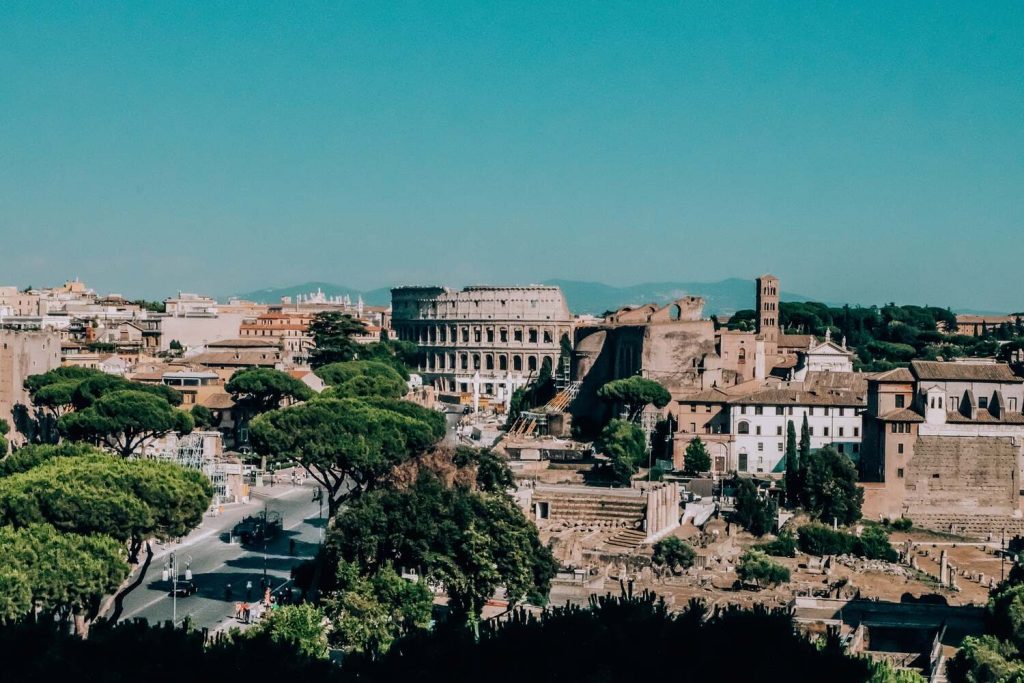
Events
The Colosseum hosted various public spectacles, most famous of all gladiatorial contests and animal hunts.
These were not just entertainment, they were also ceremonial and to celebrate victories, religious festivals and the generosity of the emperors.
Gladiators, often slaves, prisoners of war or condemned criminals, fought in battles that could end in death or glory.
Animal hunts involved exotic animals from all over the empire, lions, bears and elephants, to show off Rome’s power.
This is one of the reasons to visit the Colosseum and we hope you will feel special when you come, whether you join a guided tour or go on your own.
Free Entry in the Old Ages
In ancient Rome entry to the Colosseum was free for all Roman citizens, because it was a tool for social events and unity under the guise of entertainment.
The emperor and the wealthy sponsored shows to gain social status and favour with the people, which was also political advantage for them.
But free shows at the Colosseum was a clever way to keep the people happy and distracted from politics.
This idea, called “bread and circuses” by the poet Juvenal, meant as long as people had food and entertainment they wouldn’t worry much about what the leaders were doing.
By letting everyone in for free the emperors and rich sponsors showed they were generous and popular.
Damage
Over the centuries, the Colosseum has suffered great damage from natural disasters, neglect and unfortunately vandalism.
Earthquakes have been the biggest culprit, several severe ones in 847 AD and 1231 AD caused the collapse of large parts of the outer walls.
Also during the Middle Ages and the Renaissance the Colosseum was used as a quarry.
Stones, metals and other materials were removed and reused for palaces, churches and other buildings around Rome.
Despite all this the structure has survived, it’s a testament to the durability and legacy of Roman architecture and engineering.
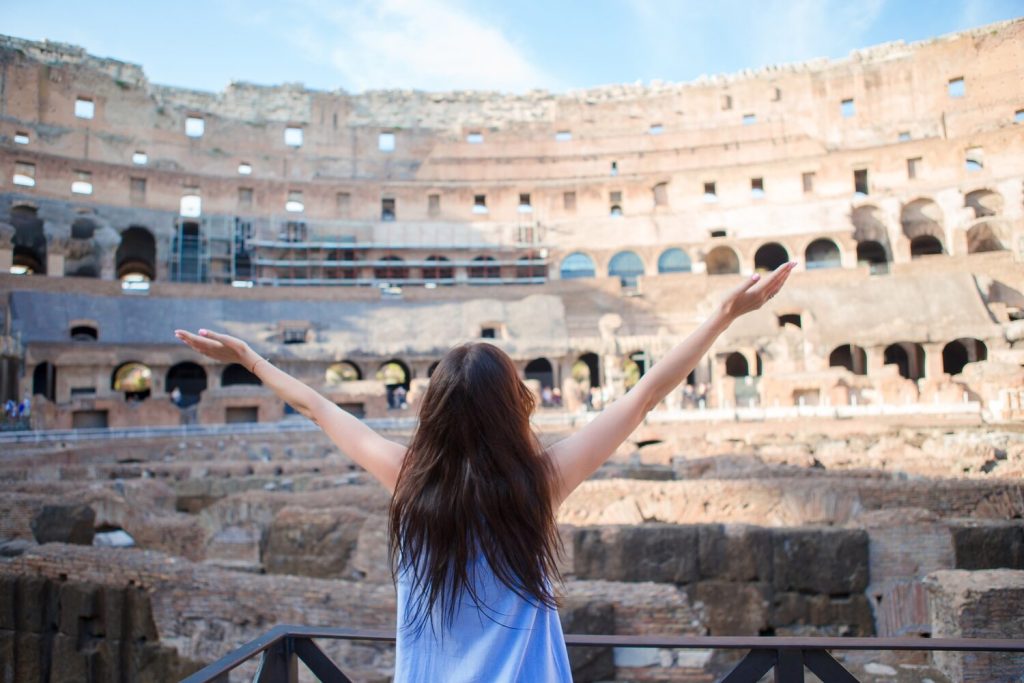
Modern Significance
Today, the Colosseum is more than a tourist attraction; it’s a symbol of Rome and its history.
The Colosseum is also a symbol of cultural heritage conservation. There is a big effort to fix and maintain the building, it shows how important is to save the past.
Also the Colosseum is used for modern events, concerts and ceremonies, linking its ancient past to our present day.
It shows that even after centuries the Colosseum is still relevant to culture and education.
World Heritage Site
The Colosseum and the historic center of Rome were designated a World Heritage Site in 1980. This is a UN designation that protects important pieces of history and culture all over the world.
Being a World Heritage Site means the Colosseum is important to everyone, wherever you’re from. This status ensures the Colosseum gets looked after so it can be enjoyed by future generations.
And people from all over the world work together to keep it safe and looking good.
It Was Originally Made from Stone and Iron
The Colosseum was built with a mix of stone and iron. The main structure and outer walls were made of large travertine stone blocks – a type of limestone found near Rome. These heavy stones were held together with iron clamps.
But over time many of these iron clamps were removed to be melted down for other uses and the structure weakened. The use of stone and iron shows how clever the Romans were with building materials and how they managed to create a lasting monument.

Conclusion
In summary the Colosseum in Rome is an amazing piece of history. You’ve learned all the interesting facts about the Colosseum. Step back in time and imagine the action that happened inside its walls – gladiators, animal hunts, theatrical performances.
Thank you for reading until the end and let us know if you have any questions!



